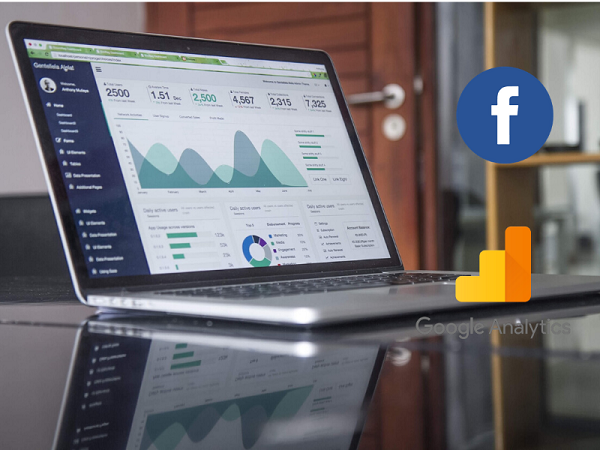
Why don’t Facebook Conversions match Google Analytics conversions?
When running Facebook campaigns with target conversions, it is common to detect that the figures indicated by the social network’s Business Manager do not match with those provided by Google Analytics or the web analytics platform we use.
Why does it happen?
It is logical to think that the problem comes from a bad implementation of the Facebook pixel or Google Analytics tracking code, but most of the time it is not the case.
Although it is not a bad idea to run a test to confirm that the metrics are correctly implemented. The first thing to check is the attribution models being used by each of the platforms because if they are not the same, the conversion data cannot match.
What attribution models do Facebook and Google Analytics use?
If you have not configured it otherwise, Facebook is by default attributing a conversion in the following cases:
- If you have not set it otherwise, Facebook is attributing a conversion by default in the following cases:
- If the user purchases within 30 days of clicking on the advert
It is important to note that Facebook does not only consider clicks to be clicks that are made to visit the landing page but will also attribute conversions that are made 30 days after the user “Likes” the ad, comments or shares it, did you know that?
Another interesting fact is that Facebook will internally attribute the conversion to the last ad the user has interacted with and, in contrast, if the user has not interacted with any ad, it will assign the conversion to the last ad he/she saw.
When it comes to attributing sales to the platform, an impression and a click are on the same level, whereas when it comes to attributing sales to an advert, interactions are more important.
Google Analytics attributes the conversion to a channel or source of traffic acquisition according to the following criteria:
The conversion is assigned to the source of the session in which the conversion occurs unless the source is direct. In that case, we check if the user had previously come from another traffic source that is not directly in the previous thirty days and the conversion is awarded to that source. The conversion will only be assigned to direct traffic if there is no other traffic source known.
It is a model focused on reducing the weight of direct traffic in terms of conversions.
So how can we determine the correct conversion rate?
The reality is that both data are correct, the problem comes with comparing data that is obtained with different attribution models.
In my opinion, what we need to do is to be clear about how conversions are being attributed on the different platforms we use and, whenever we use more than one, analyse the data in aggregate in our web analytics system or even in our CRM, as all ad and paid media platforms use attribution systems that maximise the results they achieve to try and make it look more profitable.
Although it is not perfect, Google Analytics and its indirect last click are the fairest in this case and the ones I would personally trust.
Moreover, in Google Analytics you can change the attribution model and adapt it even more to the reality of your business, but this is a different debate.
Artículos relacionados
Carlos Estévez
Latest posts by Carlos Estévez (see all)
- Why don’t Facebook Conversions match Google Analytics conversions? - 26 June, 2020
- Does Amazon use search engine cloaking? - 30 September, 2014






